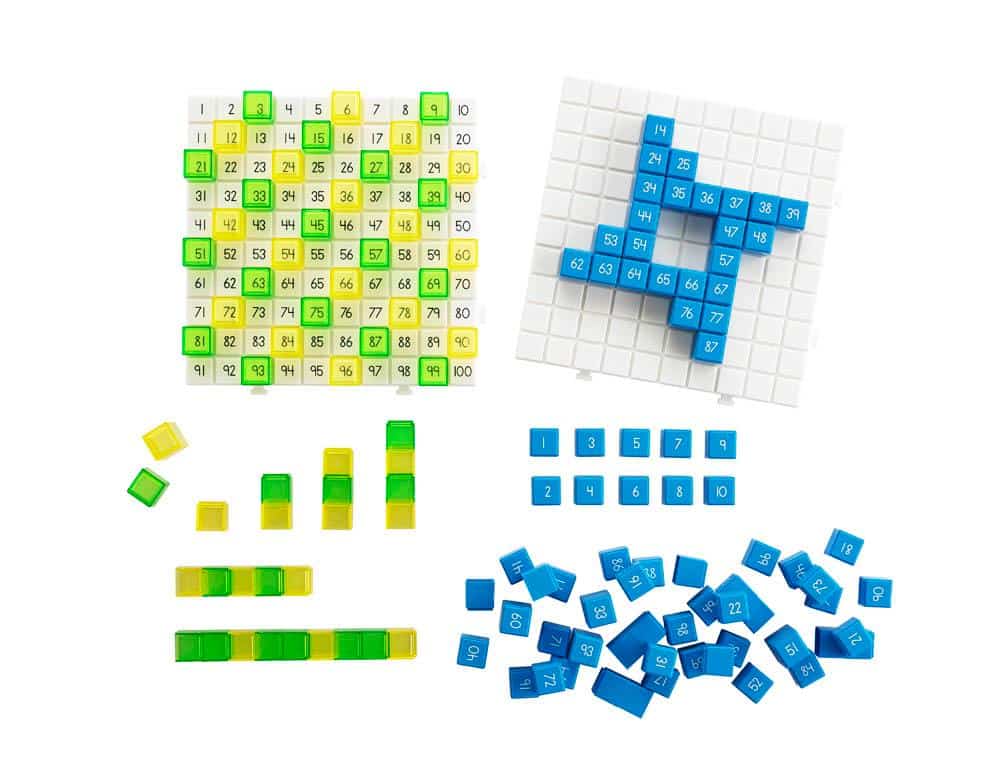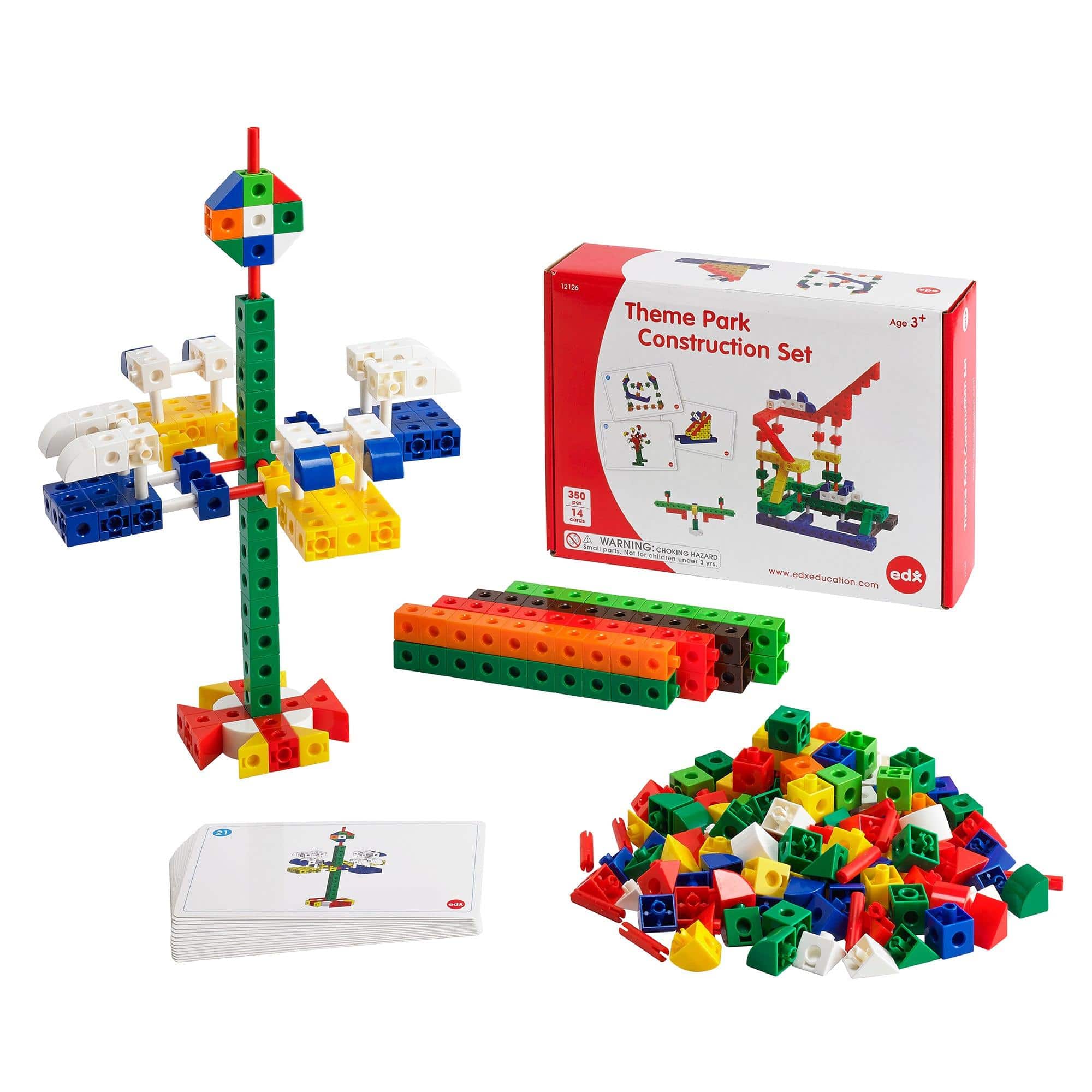The Connection Between Toys and Emotional Resilience in Childhood
Introduction
Childhood is a crucial stage of development that shapes an individual’s emotional well-being. It is during this time that children learn to navigate their emotions, develop resilience, and build important life skills. While various factors contribute to emotional resilience, toys play a significant role in fostering emotional intelligence and coping mechanisms in children. This article explores the profound connection between toys and emotional resilience in childhood.
The Importance of Emotional Resilience
Emotional resilience is the ability to adapt to and recover from adversity, stress, and challenges. It enables individuals to deal with difficult emotions, maintain mental well-being, and thrive in the face of adversity. In childhood, emotional resilience lays the foundation for healthy emotional development, self-regulation, and positive relationships.
How Toys Contribute to Emotional Resilience
Toys provide children with valuable opportunities for growth and development. They serve as tools for exploration, self-expression, and learning emotional skills. Here are some key ways in which toys contribute to the development of emotional resilience:
- Expression of Emotions: Toys such as stuffed animals, dolls, and action figures allow children to project and explore different emotions, facilitating self-expression and understanding of emotional states.
- Problem Solving and Decision Making: Construction-based toys like building blocks and puzzles encourage critical thinking, problem-solving, and decision-making skills, helping children develop resilience in the face of challenges.
- Imagination and Creativity: Toys that stimulate imaginative play, such as play kitchens or dress-up sets, allow children to explore different scenarios, understand diverse perspectives, and develop empathy, key components of emotional resilience.
- Social Interaction: Toys that promote cooperative play, like board games or sports equipment, facilitate social interaction, build teamwork skills, and teach children how to manage conflicts, fostering emotional resilience in social settings.
- Sensory Engagement: Toys that involve sensory experiences, such as art kits or sensory playsets, enhance emotional regulation, promote self-soothing techniques, and contribute to overall emotional resilience.
Choosing Toys to Promote Emotional Resilience
When selecting toys for children, consider the following features that can help promote emotional resilience:
- Multifunctionality: Choose toys that offer diverse play options, allowing children to explore different emotional experiences and develop a range of skills.
- Open-Endedness: Opt for toys that encourage creativity and imagination, fostering problem-solving skills and emotional adaptability.
- Non-Violence: Ensure the toys you choose promote positive and non-aggressive play, helping children learn healthy conflict resolution strategies and empathy.
- Diversity and Inclusion: Look for toys that encompass various cultures, abilities, and backgrounds, promoting acceptance, empathy, and emotional resilience in diverse environments.
- Sensory Stimulation: Consider toys that engage different senses like touch, sound, or visual stimulation, supporting emotional regulation and self-soothing techniques.
Conclusion
Toys are not just objects that provide entertainment; they play a crucial role in a child’s emotional development and resilience. By offering various opportunities for expression, problem-solving, social interaction, and sensory engagement, toys contribute to the development of emotional resilience in childhood. As parents, caregivers, and educators, it is important to choose toys wisely, considering their potential to foster emotional intelligence, self-regulation, and coping mechanisms in children.


